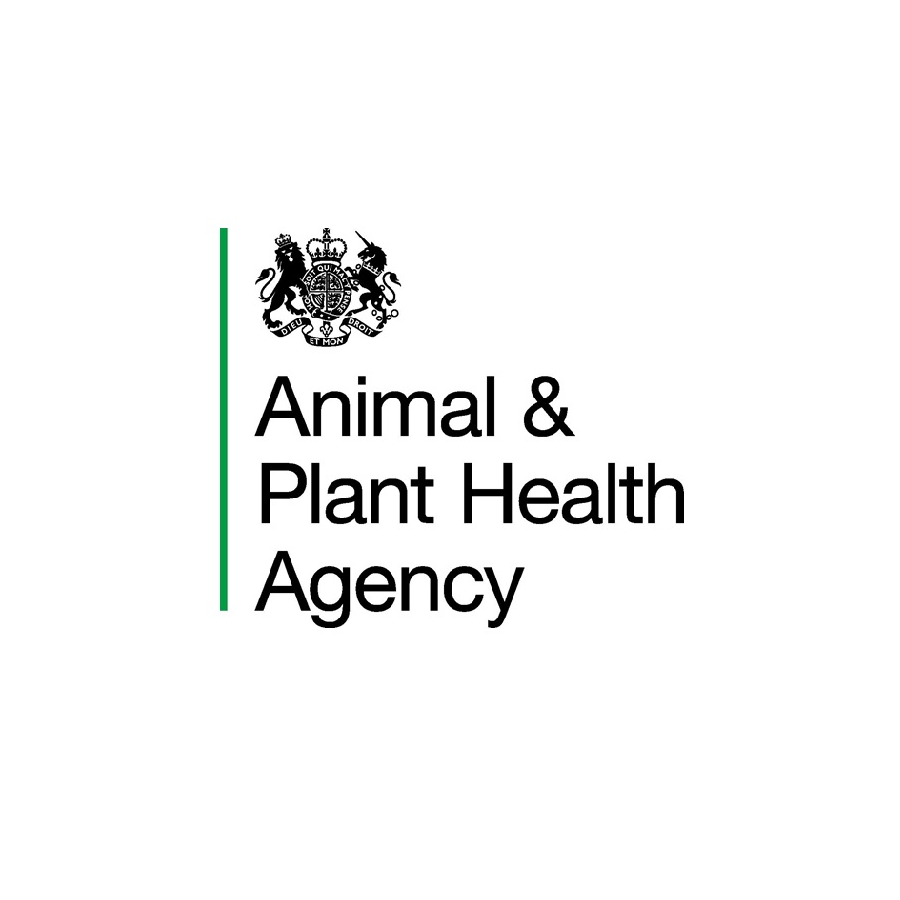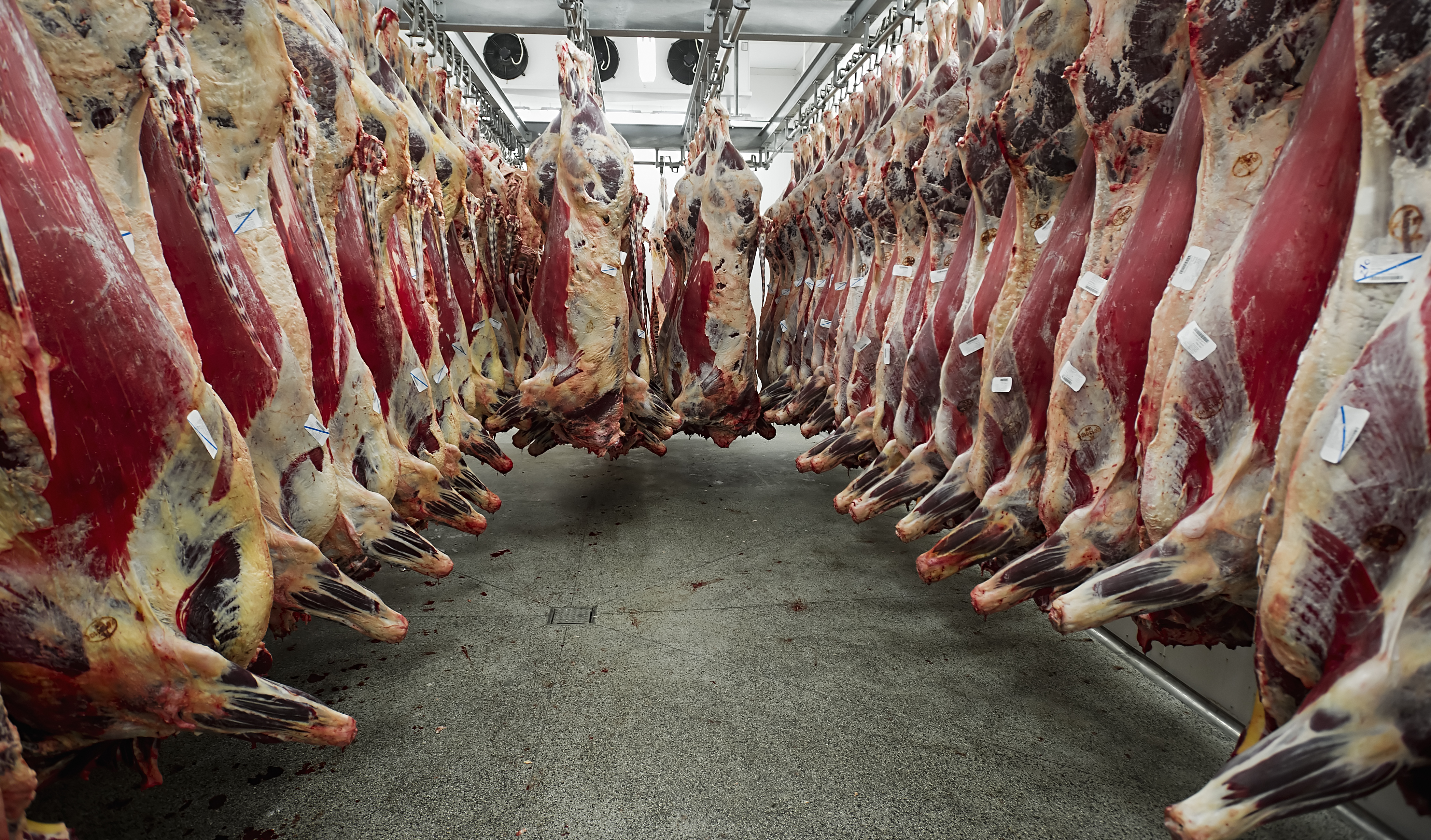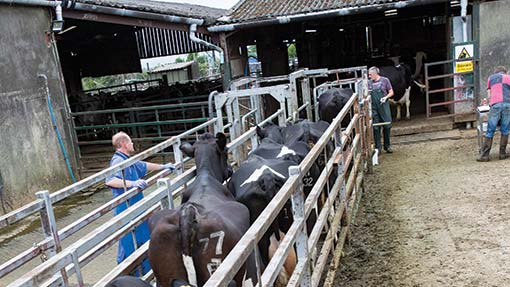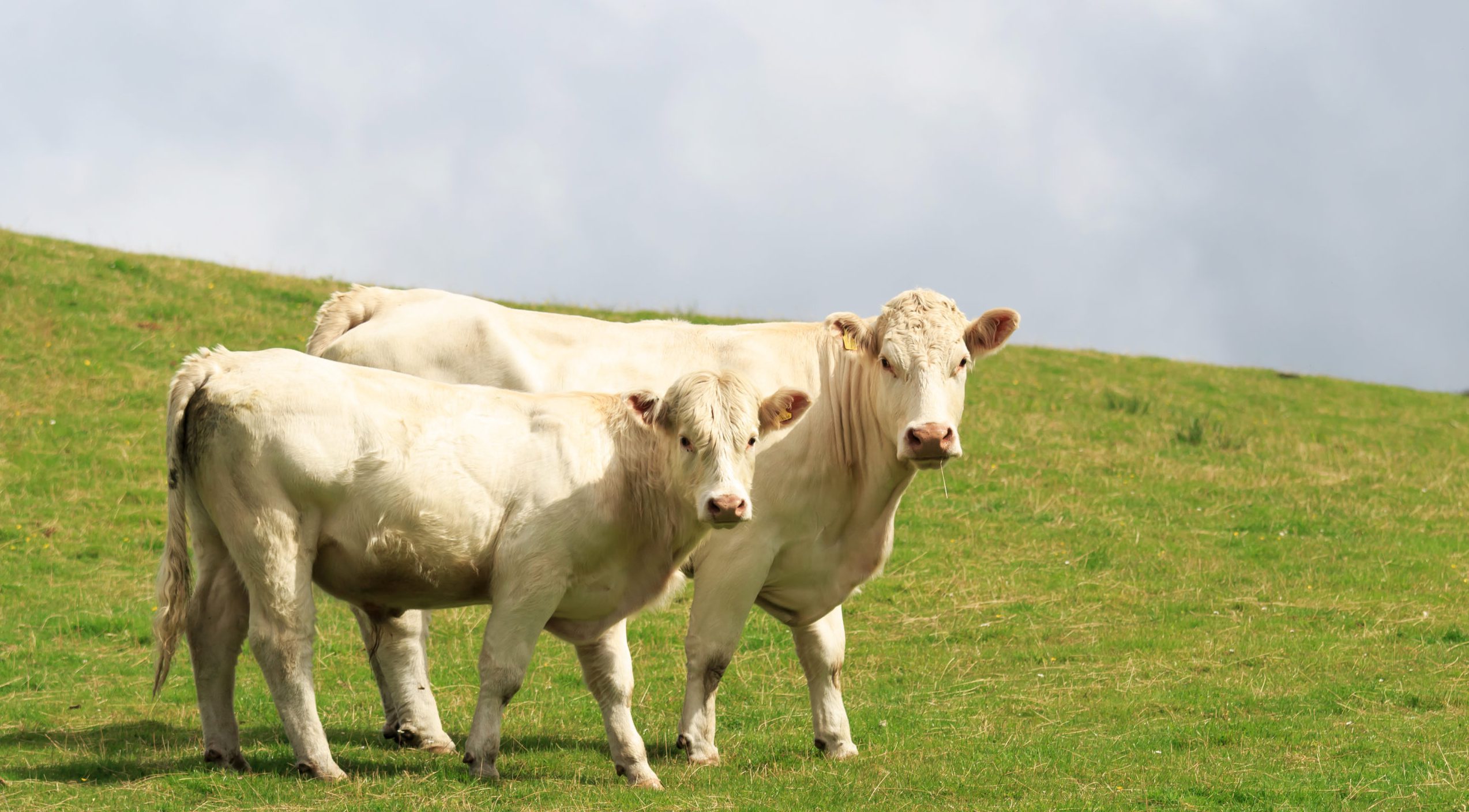Cattle from TB-restricted holdings can only move to certain destinations under a licence issued by the Animal & Plant Health Agency (APHA).

Need help with licensing?
If you are unsure of TB licensing requirements, please contact APHA via the Defra Rural Services helpline on 03000 200 301.
To control the risk of spreading bovine TB through the movement of cattle with undetected infection, only limited and controlled movements onto and off TB-restricted holdings are permitted. When a holding has lost its officially TB free (OTF) status, any movements of live cattle onto or off the holding can only be permitted under licence issued by the Animal & Plant Health Agency (APHA).
When a licence is required, you must complete an application form and return it to APHA as detailed on the form. Please note that the TB licensing team require a minimum of five working days to process licence requests, and this can increase during busy periods. It is important to provide as much notice as possible when applying for a licence.
In order to assess whether a licence request can be approved, APHA needs to have sufficient information to carry out a risk assessment of the proposed movement. APHA assesses the licence request and contacts the applicant to confirm whether the licence can be approved or not. Occasionally it may be necessary for APHA to request further information from the applicant to inform the decision.
Yes. APHA assesses each licence application and carries out a risk assessment. If the conclusion is that the disease risk is high, then the licence request will be refused. APHA contacts the applicant to explain that the licence request has not been approved.
General rules for licensing movements of TB-restricted cattle

Movement of cattle onto a TB-restricted holding
No movements of cattle onto a TB-restricted holding are permitted:
- prior to completion of the first short interval test (SIT)
- when there are reactors on farm
- if TB testing is overdue
Movements of cattle from a TB-restricted holding onto another TB-restricted holding are generally only considered where the destination herd is due to have at least two SITs at severe interpretation.

Movement of cattle off a TB-restricted holding
No movements of cattle off a TB-restricted holding are permitted (except directly to slaughter):
- prior to completion of the first SIT
- when there are reactors on farm
- if TB testing is overdue
Movements of cattle directly to slaughter are permitted under a general or specific licence.

Farmers can apply to APHA for a licence to move cattle off a TB-restricted holding, however they can only move to certain destinations e.g. TB dedicated sale (orange market), Approved Finishing Unit (AFU/AFUE), TB Isolation Unit (TBIU) or another TB-restricted farm.
Cattle moving off a TB-restricted holding must have passed a TB test within a certain time frame, depending on the type of destination. Options for movement of cattle off a TB-restricted holding under licence are summarised below.
Options for movement of cattle off a TB-restricted holding under licence
| Destination | TB testing requirement* | Types of cattle |
|---|---|---|
| AFU (with or without grazing) | Clear test within 90 days of movement | Calves (rearing AFUs). Stores and culls (finishing AFUs) |
| TB isolation unit (can only take cattle from a single source over a limited period of time) | Clear test within 60 days of movement | All types; particularly useful for groups of dairy calves |
| TB dedicated sale (orange market) | Clear test within 90 days of movement | All types |
| TB approved slaughter gathering (red market) | No test required. Cattle must not be reactors, inconclusive reactors or direct contacts | All types |
| TB-restricted holding | Clear test within 30 days of movement | All types |
| Direct to slaughter | No test required. Cattle must not be reactors, inconclusive reactors or direct contacts | All types |
*Calves under 42 days old do not require TB testing.
